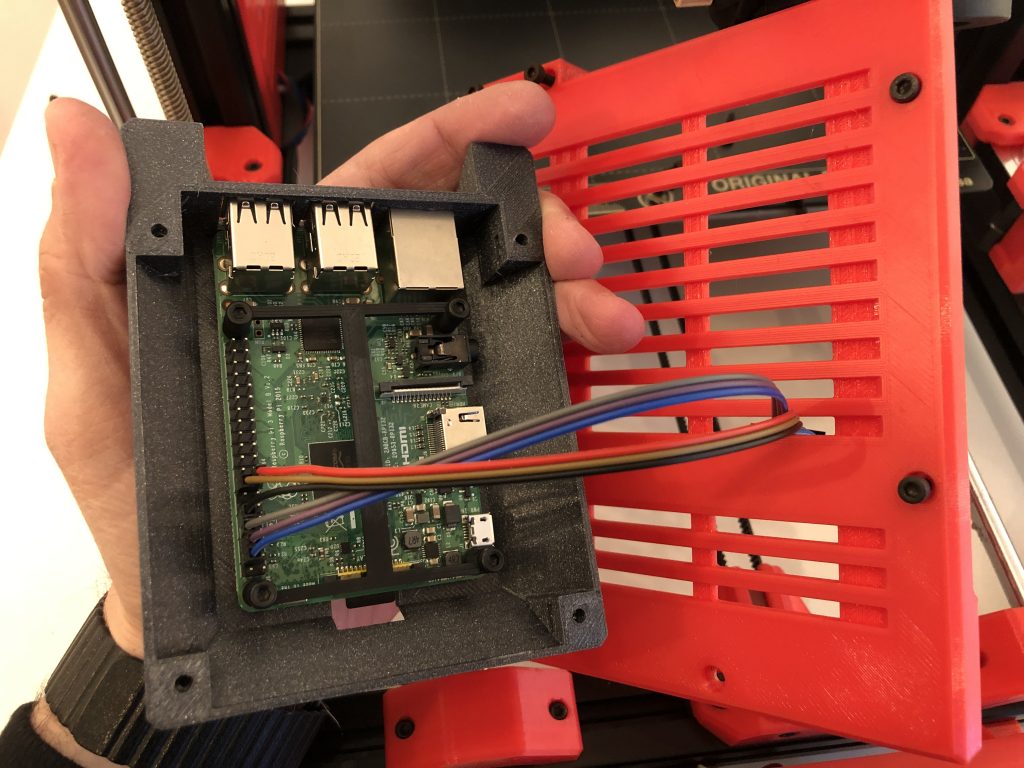
Step 6: After flashing unplug the memory card from the PC and Insert it on the Raspberry Pi SD Card slot.Ĭongratulation !! You have successfully install Raspbian OS to the Raspberry Pi. Step 5: Open Etcher and select the Raspbian OS Image file, also select the memory card then click on flash. Step 4: Now you have to Download the Image flashing software, here it is: Step 3: Insert your Micro SD card on a PC or Laptop using the Card Reader. Step 2: Extract the OS image file with 7-Zip, Download it: (Make sure to Download the full desktop Version) Now i am Going to show you how to install raspbian on raspberry pi. The best part of the Raspberry pi all operating systems are free of cost. But all beginners starts with Raspbian Operating system which is officially developed by raspberry pi foundation and you can download it from the. There are many operating systems (OS) for Raspberry Pi, some are for hacking, Gaming and Media stuffs. In the next tutorial “How to install Raspberry Pi OS starting from Noobs” we will see how we can install the OS.– Continue Reading – How to Install Operating System in Raspberry Pi

This action will boot your Raspberry Pi!Ĭongratulations! All the hardware of your Raspbery Pi has been setup now. If you’re sure all components are connected and the micro SD card has been inserted, you can plug in the micro USB plug from the power supply. And connect your HDMI cable from your Raspberry Pi to your monitor or TV.įor a wired network connection, plug the ethernet cable into the Ethernet port. Next, plug your keyboard and mouse into the USB ports on the Raspberry Pi. If your board is already mounted into a case, the case should not hinder the placement or retrieving of the SD card. Simply place the micro card into the SD card slot on the Raspberry Pi as shown in the figure below. Make sure you have noobs or any compatible OS preloaded onto your SD-card.

Now the heatsinks are placed, it’s the right moment to mount your board into your preferred case.įor optimal performance, we recommend a class 10 card with a minimum of 8GB of storage capacity. If you’re not sure how to do it, have a quick look at our tutorial “Placing the heatsinks on the Raspberry Pi 3 B+”.


Start to place the heatsinks onto the board. After having completed this tutorial, your Raspberry Pi is equipped with all the basic components and you are ready to install the operating system.īe sure to have prepared following components: – your Raspberry Pi 🙂 – a heatsink set (optional) – Raspberry Pi case – USB keyboard – USB mouse – micro-SD card (already preloaded with NOOBS or an OS) – HDMI cable connected to a monitor or TV (supporting HDMI video) – ethernet cable to connect to your LAN (optional) – 5V power supply with micro-USB plug (make sure it’s powerful enough ex.: 2500mA) If you miss one of the components, do not hesitate to visit our shop. This tutorial will guide you to setup the hardware components on your Raspberry Pi.


 0 kommentar(er)
0 kommentar(er)
